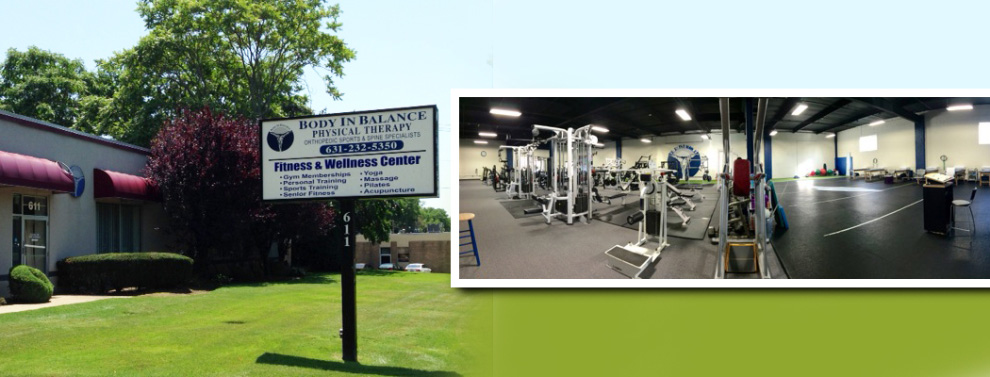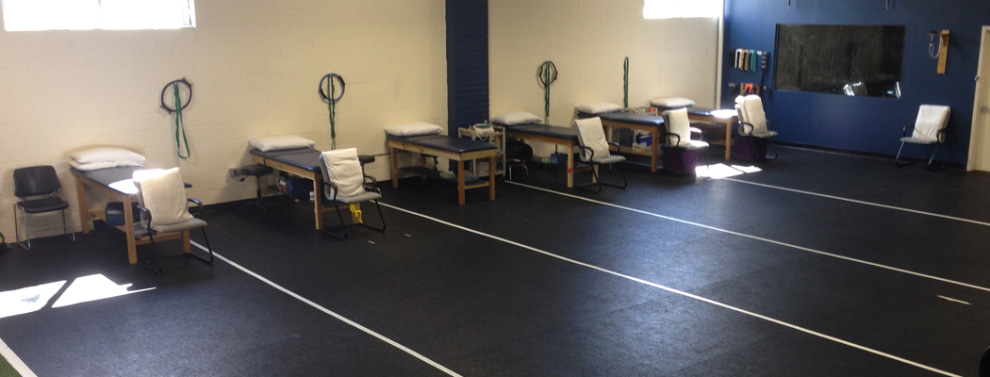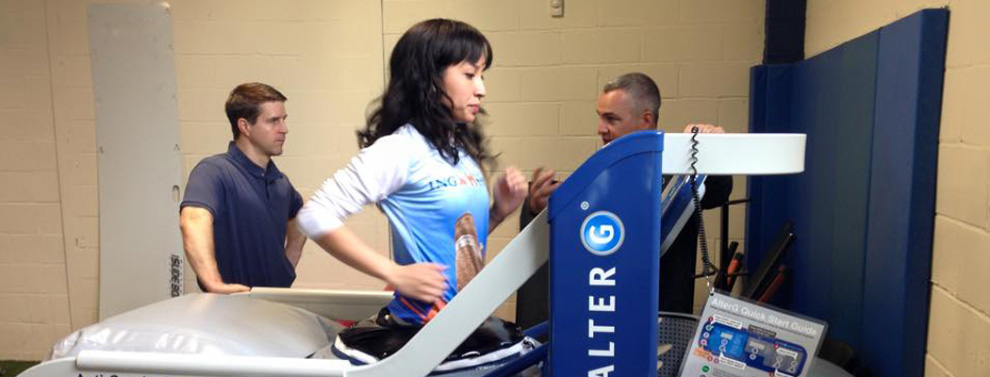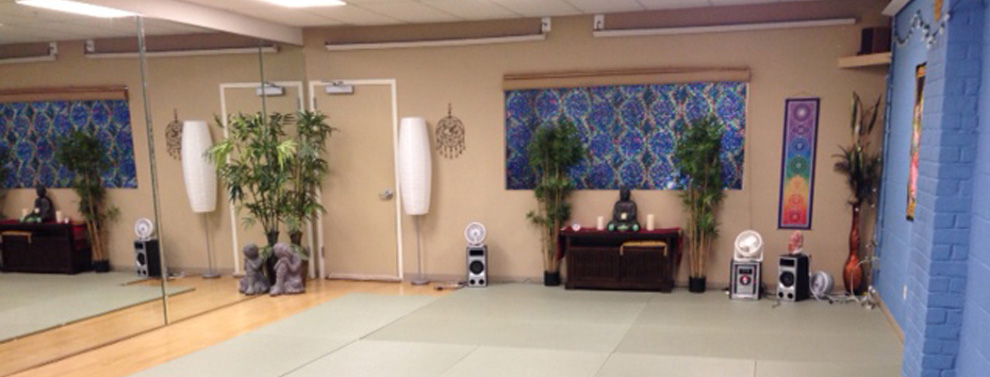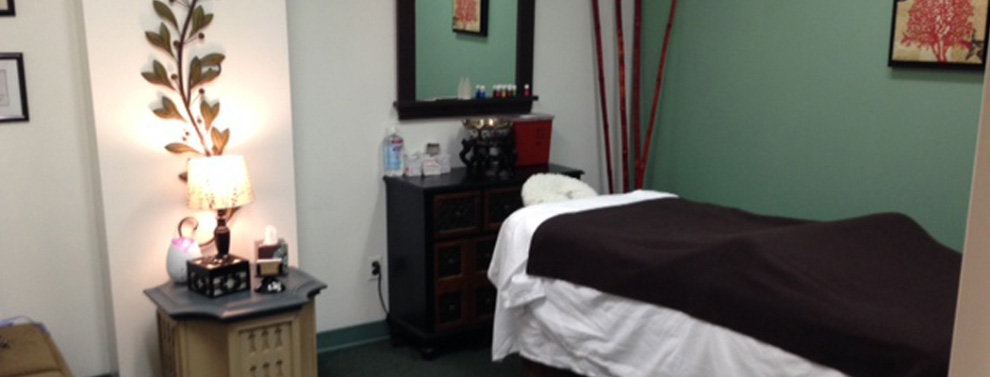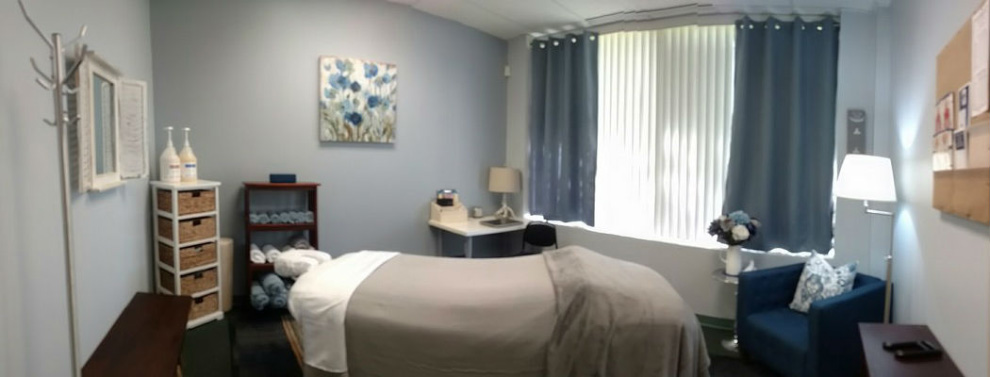WHAT ARE PELVIC DYSFUNCTIONS?
 STRESS INCONTINENCE is leakage of small amounts of urine when there is increased pressure on the bladder. This can happen with exercise, sneezing, coughing, lifting or other activities. Stress incontinence usually results from weakness and lack of support in the muscles of the pelvic floor.
STRESS INCONTINENCE is leakage of small amounts of urine when there is increased pressure on the bladder. This can happen with exercise, sneezing, coughing, lifting or other activities. Stress incontinence usually results from weakness and lack of support in the muscles of the pelvic floor.
URGE INCONTINENCE is the leakage of medium to large amounts of urine when a person feels a sudden strong urge to urinate.
MIXED INCONTINENCE includes symptoms of both stress and urge incontinence.
DYSFUNCTION AND PAIN IN THE PELVIS may have many origins or can result from a combination of factors. Each organ (uterus, vagina, bladder, bowel), tissue and joint may produce a specific pattern of pain or vague pelvic discomfort. Your pelvic pain and symptoms need to be discussed thoroughly with your physician to rule out systemic causes or possible problems with the organs. However, the bones, muscles and soft tissues (ligaments, tendons and connective tissue) of the pelvis can also contribute to pelvic pain syndromes. These things must also be addressed to ensure proper treatment and optimum outcomes. This is where the Physical Therapists at Body in Balance can help!
INFERTILITY & POST-OP ABDOMINAL PELVIC ADHESIONSInfertility is the inability to conceive after one year of attempting to do so. Soft tissue restrictions and adhesions are believed to be major factors in infertility as well as post-operative abdominal and pelvic pain syndromes.
HOW CAN PHYSICAL THERAPY TREAT PELVIC DYSFUNCTIONS?
Because urinary incontinence and pelvic pain can be caused by pelvic floor muscle weakness and dysfunction, a specially trained Women’s Health Physical Therapist is the ideal provider to help you gain control over your symptoms. (We treat men with pelvic floor dysfunction as well). Physical Therapists use their specialized medical training to completely evaluate and design a treatment program that is individualized for each patient.
PHYSICAL THERAPY CAN:
- Improve control and awareness of the pelvic floor muscles, as well as strengthening them!
- Decrease pain in the pelvis, vagina and rectum
- Give you control over your life and your bladder
- Decrease urinary urge and frequency
- Reduce use of medications, pads and undergarments for incontinence
- Possibly prevent the need for surgery
- Help to free soft tissue restrictions and adhesions in order to increase mobility of the reproductive organs.
PHYSICAL THERAPY TREATMENT MAY INCLUDE:
- Manual therapy techniques to correct musculoskeletal dysfunctions
- Massage and myofascial release techniques to decrease pain and muscle spasm
- Techniques to help you find the right pelvic floor muscles and learn to use them correctly
- Visceral mobilization for pain and adhesions.
- Biofeedback that shows you how to use your muscles
- Electrical stimulation to decrease pain and strengthen the muscles
- Patient education in techniques to control their symptoms!
- Patient education on diet and nutrition to avoid food and drinks that may irritate the bladder
- Domar AD, Clapp D, Slwasby EA, Dusek J, Kessel B, & Freizinger M. Impact of group psychological interventions on pregnancy rates in infertile women. Fertility and Sterility, 2000; 73 (4), 805-11. PMID 10731544.
- Ellis H, Moran BJ, Thompson JN, Parker MC, Wilson MS, Menzies D, McGuire A, Lower AM, Hawthorn RJ, O’Brien F, Buchan S, Crowe AM. Adhesion-related hospital readmissions after abdominal and pelvic surgery: a retrospective cohort study. Lancet Br J Med. 1999; 353: 1476-80. PMID 10232313
- Paulus WE, Zhang M, Strehler E, El-Danasouri I, & Sterzik K. Influence of acupuncture on the pregnancy rate in patients who undergo assisted reproduction therapy. Fertility and Sterility, 2002; 77(4), 721-4. PMID 11937123.
- Wurn BF, Wurn LJ, King CR, Heuer MA, Roscow AS, Scharf ES, Shuster JJ. Treating Female Infertility and Improving IVF Pregnancy Rates with a Manual Physical Therapy Technique. Med Gen Med 2004 Jun 18; 6(2): 51. PMID 15266276.
